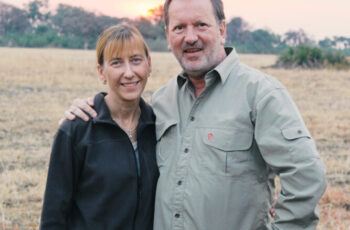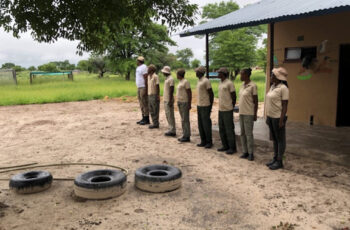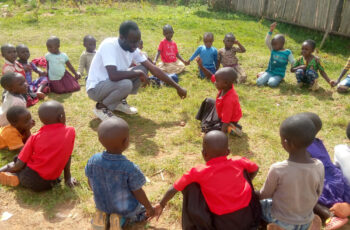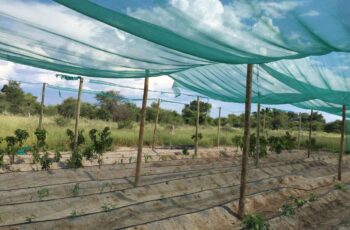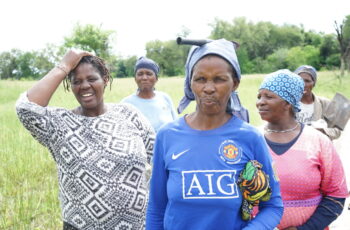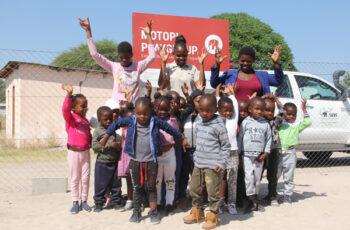
Search
Many species threatened
Indonesia is home to many endangered species, such as the Sumatran tiger, the Sumatran orangutan, forest elephants and tapirs – animals that have already been wiped out in many places. For the Sumatran orangutan, the lowland rainforest provides the only natural habitat due to its stands of fruit trees. Slow lorises are also among the highly endangered animals here. The IUCN even classifies these cute animals as endangered. Trade in them has been banned since 2007, but this does not detract from their popularity as pets. The small primates are completely unsuitable for this, as they are nocturnal, require a very special diet, are difficult to care for and often die from infections, blood loss or improper care.
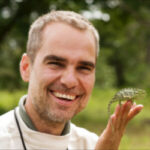
„SAVE will continue to accompany this project and provide financial means, because here we are actively working on the conservation of the rainforest.“
– Lars Gorschlüter, Foundation Founder –
Cooperation in Sumatra
Since 2018, SAVE has been working together with the Indonesian Hutanriau Foundation under the auspices of Friends of the Orangutans on animal conservation projects in Sumatra. The Hutanriau Foundation, an NGO in Sumatra, pursues the same goals as we do and focuses on educational work and conservation measures.
Our joint project supports communities in Riau in developing agroforestry. This enables the local people to become independent of palm oil cultivation in the long term. Due to the steadily increasing demand for palm oil, indigenous peoples are being driven off their own farmland by large corporations and often see their only chance of survival in working on oil palm plantations. The work of the project partners is about showing the local people alternatives to working on the oil palm plantations. For example, villagers are provided with free seedlings to establish tree nurseries. This enables them to replant degraded forest areas in their vicinity and counteract forest clearing.
These reforestation measures are accompanied by educational projects that show people ways to develop alternatives to the cultivation of palm oil with agroforestry projects. The work of SAVE and Hutanriau focuses particularly in Bukit Betabuh. This area was classified as a “protected area” and a “limited production forest” in 1994. An important wildlife corridor is located in this area.
Tree nursery
Not only the fauna but also the flora in this area is threatened. Many of the original plant species have become rare. Yet they can help feed people and serve as a source of income. This is because many of the original plants provided raw materials for the production of medicines. This means that they can be cultivated as a “jungle pharmacy”.
We are therefore actively working in Indonesia in both animal and plant conservation. To protect the flora, we have established a nursery to grow seedlings of high quality local crops to plant an area of 1,200 hectares in the village of Air Buluh in Riu province. Since local farmers have started to grow seedlings and control the area, a welcome side effect is that illegal logging has also decreased. Due to the COVID-19 pandemic, this project is currently on hold.
News about rainforest protection

New sponsorship for environmental playgroup in Botswana Güven & Partner committed to species conservation education for children To...
read more
Subscribe to Save Newsletter!
Stay up to date – we will inform you regularly about our projects and further activities.





